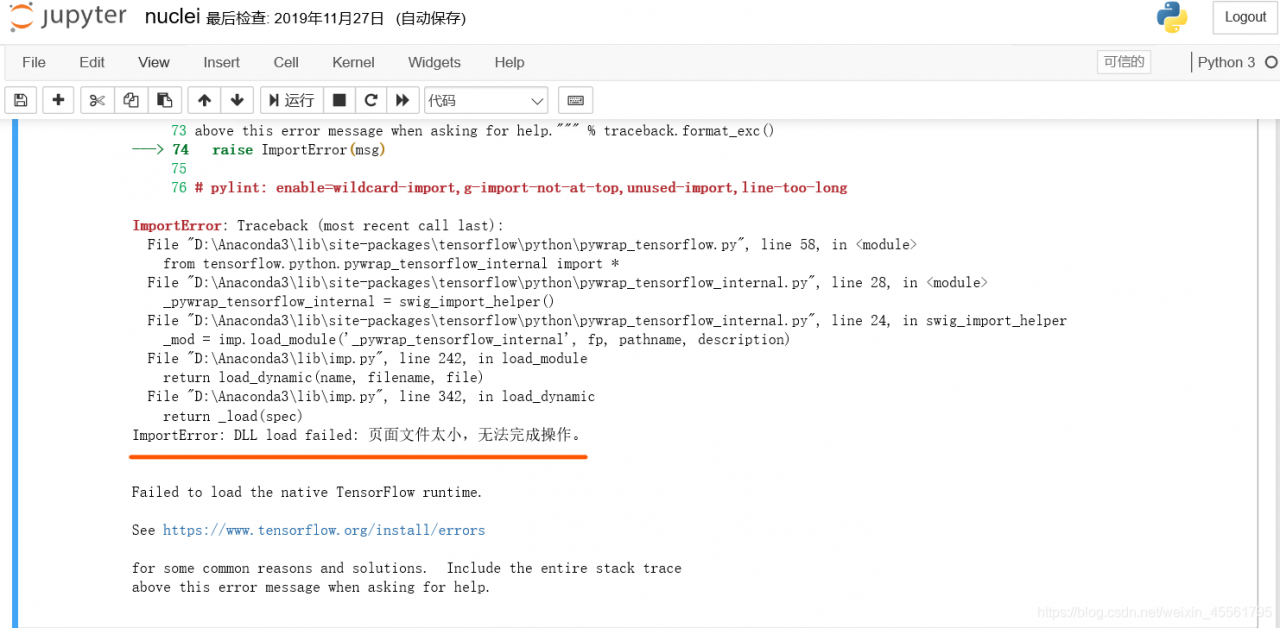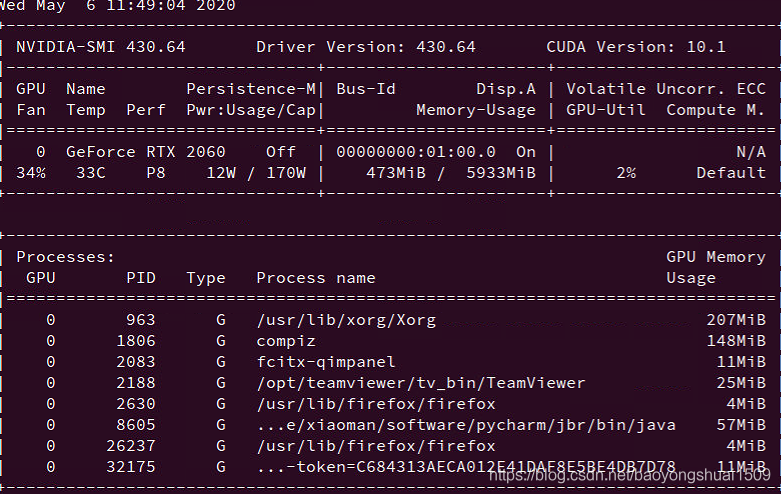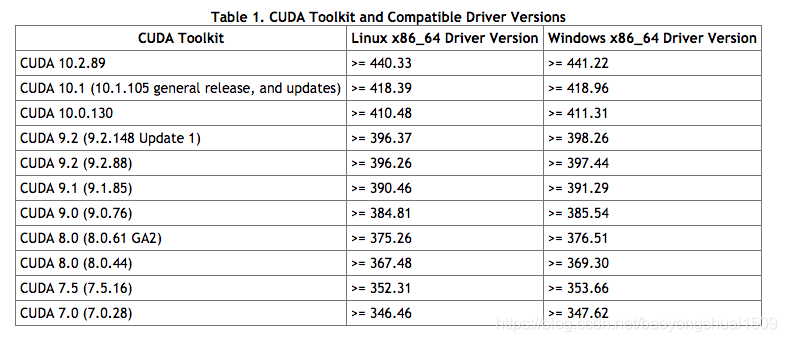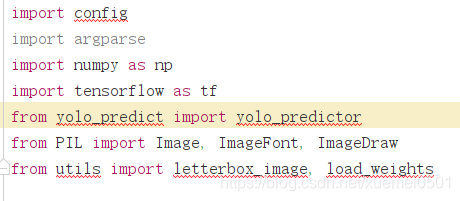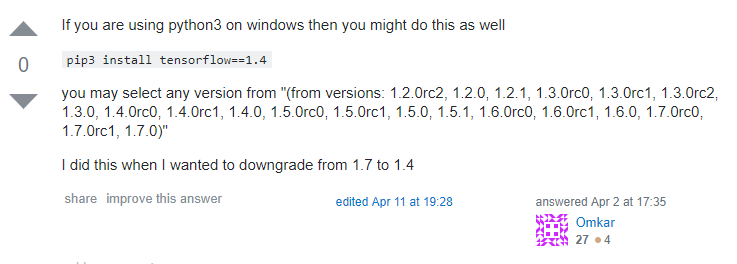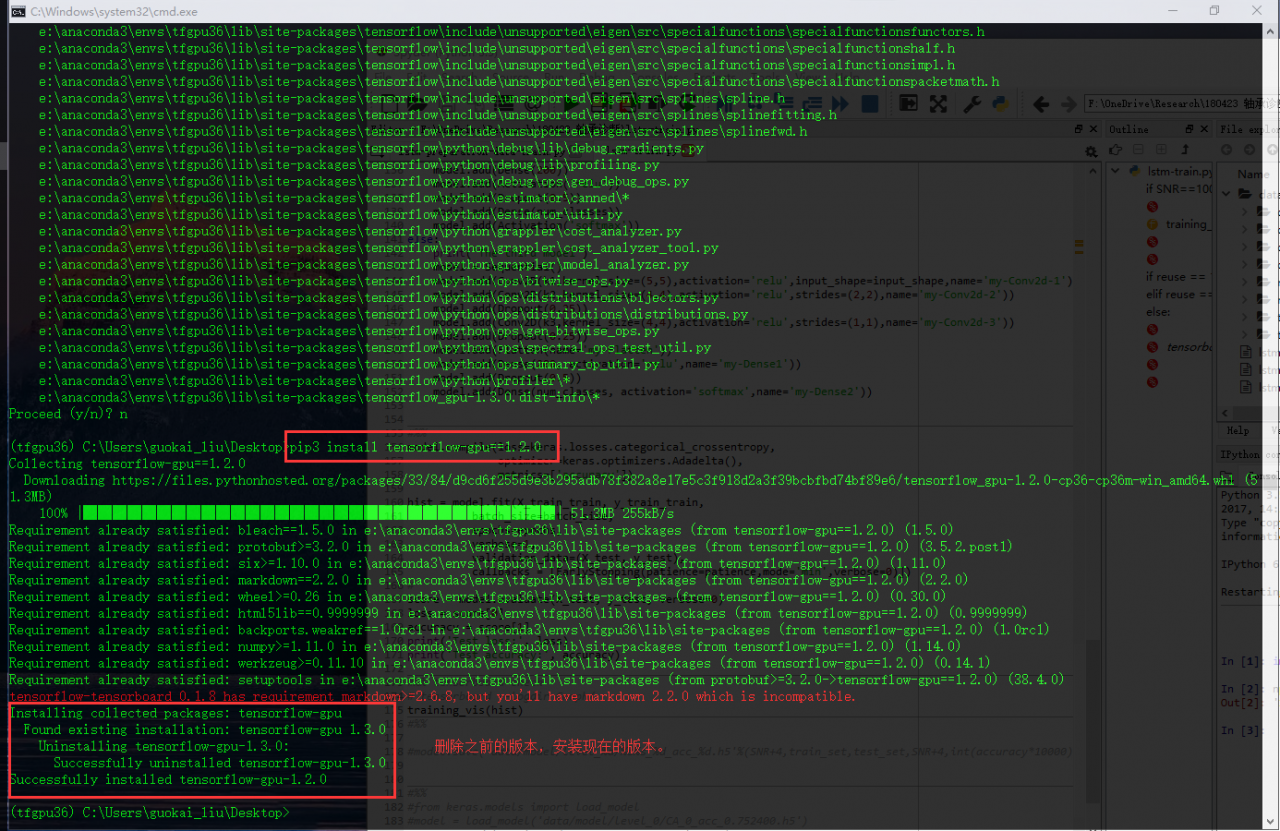tf.reduce_ The mean function is used to calculate the mean value of tensor along a specified number axis (a dimension of tensor), mainly for dimension reduction or calculating the mean value of tensor (image).
reduce_mean(input_tensor,
axis=None,
keep_dims=False,
name=None,
reduction_indices=None)
The first parameter is input_ Tensor: the input tensor to be reduced; the second parameter axis: the specified axis; if not specified, the mean value of all elements will be calculated; the third parameter keep_ Dims: reduce dimension, set to true, the output result keeps the shape of input tensor, set to false, the output result will reduce dimension; the fourth parameter name: name of operation; the fifth parameter reduction_ Indicators: used to specify axes in previous versions, but has been discarded;
Take a tensor with dimension 2 and shape [2,3] as an example
import tensorflow as tf
x = [[1,2,3],
[1,2,3]]
xx = tf.cast(x,tf.float32)
mean_all = tf.reduce_mean(xx, keep_dims=False)
mean_0 = tf.reduce_mean(xx, axis=0, keep_dims=False)
mean_1 = tf.reduce_mean(xx, axis=1, keep_dims=False)
with tf.Session() as sess:
m_a,m_0,m_1 = sess.run([mean_all, mean_0, mean_1])
print m_a # output: 2.0
print m_0 # output: [ 1. 2. 3.]
print m_1 #output: [ 2. 2.]
If you set the dimension to keep the original tensor, keep_ Dims = true, results:
print m_a # output: [[ 2.]]
print m_0 # output: [[ 1. 2. 3.]]
print m_1 #output: [[ 2.], [ 2.]]
Similar functions include:
tf.reduce_ Sum: calculate the sum of all elements in the axis direction specified by the tensor; tf.reduce_ Max: calculate the maximum value of each element in the axis direction specified by the tensor; tf.reduce_ All: calculate the logical sum (and operation) of each element in the axis direction specified by the tensor; tf.reduce_ Any: calculates the logical or (or operation) of each element in the axis direction specified by the tensor;
